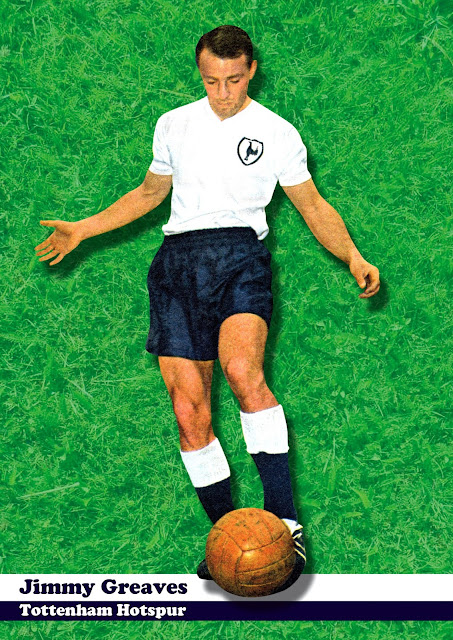It's a simple tale of an artist who, tired of the world and his disabilities, has retreated to a solitary life in the wild marshes of Essex. He paints the landscapes and the migrating birds there and feels very much at home.
His life changes when a local girl appears with an injured bird, wounded by gunshot from nearby hunters. The snow goose becomes part of both their lives and so starts a heartbreaking but beautiful story.
At only 64 pages, the book is a very short read, but is absolutely packed with emotion. It also effortlessly captures the dramatic and unique landscapes of that particular part of Essex's coastline, using the minimum of words.
I've read that the inspiration for the location and nearby village was Bradwell, and knowing it very well, I can easily picture the sounds and feel of the fictional Chelmbury and Wickaeldroth spoken about in the book.
It was written in the aftermath of Dunkirk in 1940, and so the messages of friendship and the symbolism of the snow goose were especially poignant. It also hints at an England that was being lost forever. The timeless trades of the people who worked the waters in the area were fading away, and also the local dialects that were in their last throes.
Taking a look at my own copy, and despite its battered dust jacket, is a design triumph!
The subtle line-drawing of the goose on the opening title page is gorgeous, as is the subtle use of blue colour type for the title and author. The blue is continued throughout the book, with the headers at the top of the page, that have another brilliant little touch, the blue silhouette of the goose.
It was printed on Antique Wove paper, and has a lovely grainy texture. All this is quite something, when you consider my copy was printed in 1942, when paper shortages and restrictions on usage were in force.
Another little detail is an intriguing inscription that has been written inside.
To Amy,
A small recompense for my airgraph omission!
With best love
from D.
An 'airgraph' was a extraordinary invention. Also known as a V-Mail (Victory Mail), it was basically a way of saving money on sending letters overseas through the military postal system during the last war. The ingenious method involved writing your message on a form, which would be photographed and stored on microfilm then sent abroad by plane. Once it got to its destination, the message would be printed onto photographic paper, for the recipient to read. WOW!!!
So I wonder what 'D' had forgotten to write on their airgraph message to Amy??!
And I hope she enjoyed reading her copy of The Snow Goose!




























